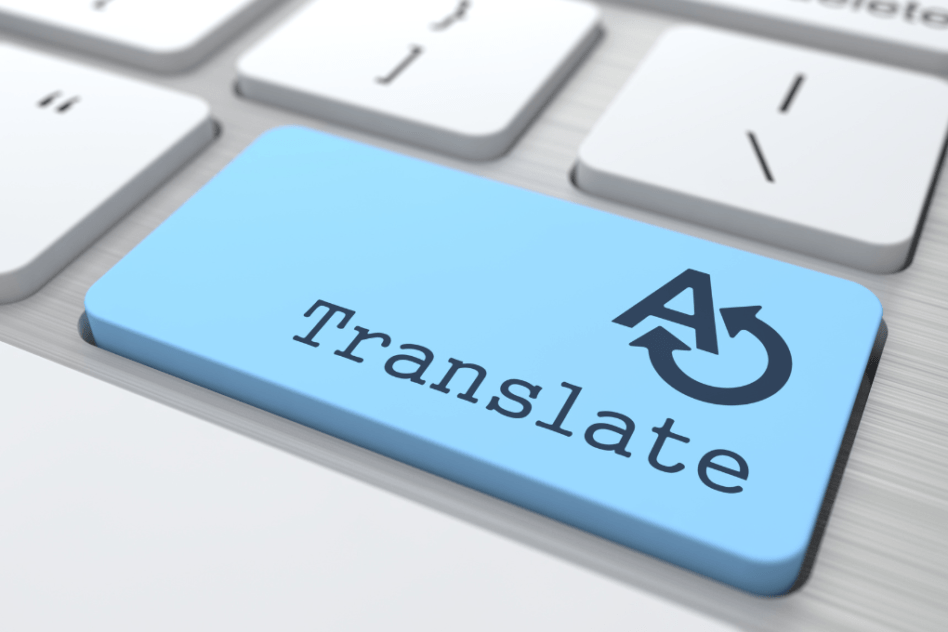When you commission a translation there are decisions you will have to make. One of the first is what level of polish and accuracy you want. This is where the acronyms T, TE, and TEP are relevant. While the acronyms aren’t always familiar to translation clients, the choice between these different levels of service is always on the table in your early consultations with your LSP or translator.
T = Translation only
TE = Translation and editing
TEP = Translation, editing, and proofreading
The T option gives you quick turnaround and because less time is spent on your files, the cost is lower. T is usually handled by a single translator who translates your texts and reviews them without a second linguist’s input. Good LSPs will assign a linguist who understands both languages at the native level and who has experience with the subject matter. But the quality assurance of having a second professional review the final product is not part of the process, and that is a drawback of T if accuracy and readability are important.
The TE option takes a good translation and puts it in the hands of a second linguist who attempts to improve it. This second linguist in the editing role also knows both the source and target language and will have an eye toward catching errors, improving the flow, and in general maximizing the quality. The editor’s method is based on comparing the translation with the source text to fix inconsistences, double-check word and terminology use, and find gaps when the meaning of the original text is not made clear in the translation. Putting a second pair of eyes on a document and translation is always beneficial to the final quality.
TEP is the most thorough translation option as it includes three linguists assuring accuracy. The first two steps of translation and editing are handled the same way they are for the TE option, and then a proofreader is added to the team. This proofreader does not return to the original document to check for errors, but looks only at the final translation for flow, visual effectiveness, and small mistakes such as typos, and spelling or punctuation errors. Often the first two steps are processed within the CAT tools used to translate, and the last step is handled in the final presentation format, whether that is a DTP product or an online product like a website. While this option results in higher cost and slower turnaround time, it prepares your translation for use in even the most important situations.
How to decide which level of translation treatment to request? The following should give you an idea of what types of communication products are best handled by each level. Whatever questions remain, please don’t hesitate to consult with us and request free estimates.
T – Internal company communications, notes, social media, and other single-use communications not designed to persuade or ensure your credibility.
TE – Limited documents without extensive visual elements, projects with modest budgets, aids to multimedia presentations, and other less complex translation products.
TEP – Websites, brochures, articles for publication, mobile apps, and other high-visibility products that are likely to receive a certain amount of scrutiny.
J. V. McShulskis
